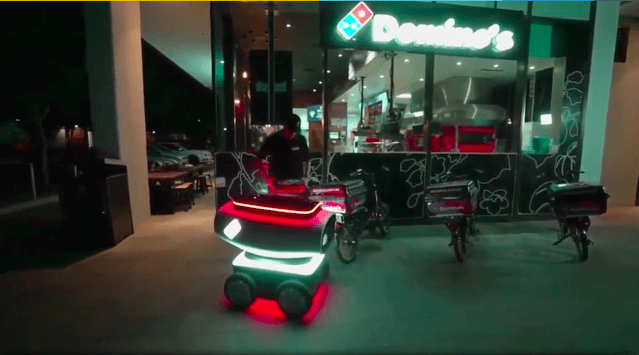Until now, robotics has seemingly been stuck in a perpetual limbo. We were given incredibly high expectations by Hollywood and the Jetson’s for what robots are capable of. Over the last few years, however, an explosion of robotics startups have emerged. These robotics companies are enabled by breakthroughs in computer vision, sensor technologies, and machine learning. These technologies have allowed robotics to move out of highly predictable environments, like manufacturing, warehouses and factory floors, where robotics has become increasingly common over the last few decades, and into customer-facing roles.
Companies like SoftBank Robotics, with their Pepper robot, have demonstrated not only the technical feasibility of building robots for customer-facing use cases, but also proven that there is an economic benefit to have customer-facing robots in industries such as retail, hospitality, financial services, and quick-service restaurants. The real benefit to customer experience design using humanoid robots, is the emotional appeal that it offers.Our brains are eager to identify and empathize with human faces, so by putting a face on these robots, we are able connect more easily with humanoid robots, than we are compared to kiosks and other digital displays.
Forward-thinking brands are already realizing this advantage, and leveraging the fact that robots have moved from highly custom hardware/software projects, to being their own platform, allowing developers to focus on designing customer experiences with robots, and spend less effort on the code required to make the robot interact in a valuable way with customers.

Robots as a platform for customer experience design
How brands are already leveraging robots to improve their customer experiences:
Nestle
Nestlé found that Pepper attracts 20x the amount of people to interact with it compared to a kiosk. This seems somewhat intuitive, as a humanoid looking robot, with a face, enables a much more emotional experience than a kiosk can. By leveraging this fact, Nestlé was able to sell more coffee makers by replacing their kiosks with robots.
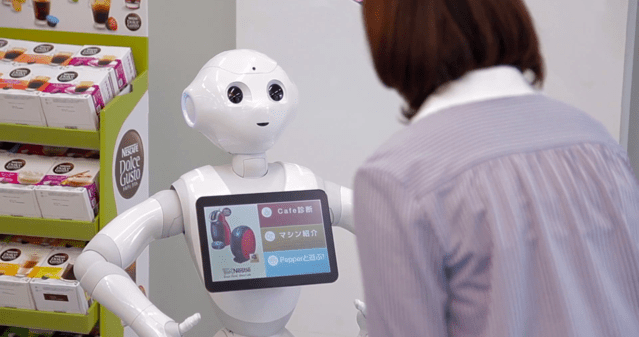
Henn'na Hotel
The Henn'na Hotel in Japan has been testing how robots can serve as concierges over the past year. What is interesting about this experiment, is that by testing with a single hotel, but automating as much of the experience as possible, they are able to determine the right pieces of the customer experience to automate. They do not want to use a robot to replace a human if that denigrates the customer’s experience, but if they identify where a robot can offer just as much value as a human, then it makes sense to automate that piece of the customer journey with a robot.
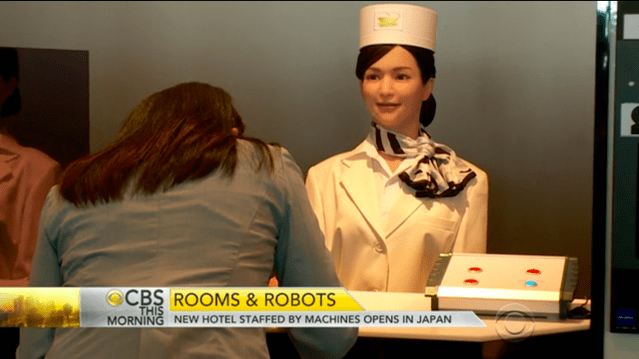
Pizza Hut
Pizza Huts in Asia have also been using the Pepper robot to allow folks to place an order from their table, and even accept payments.
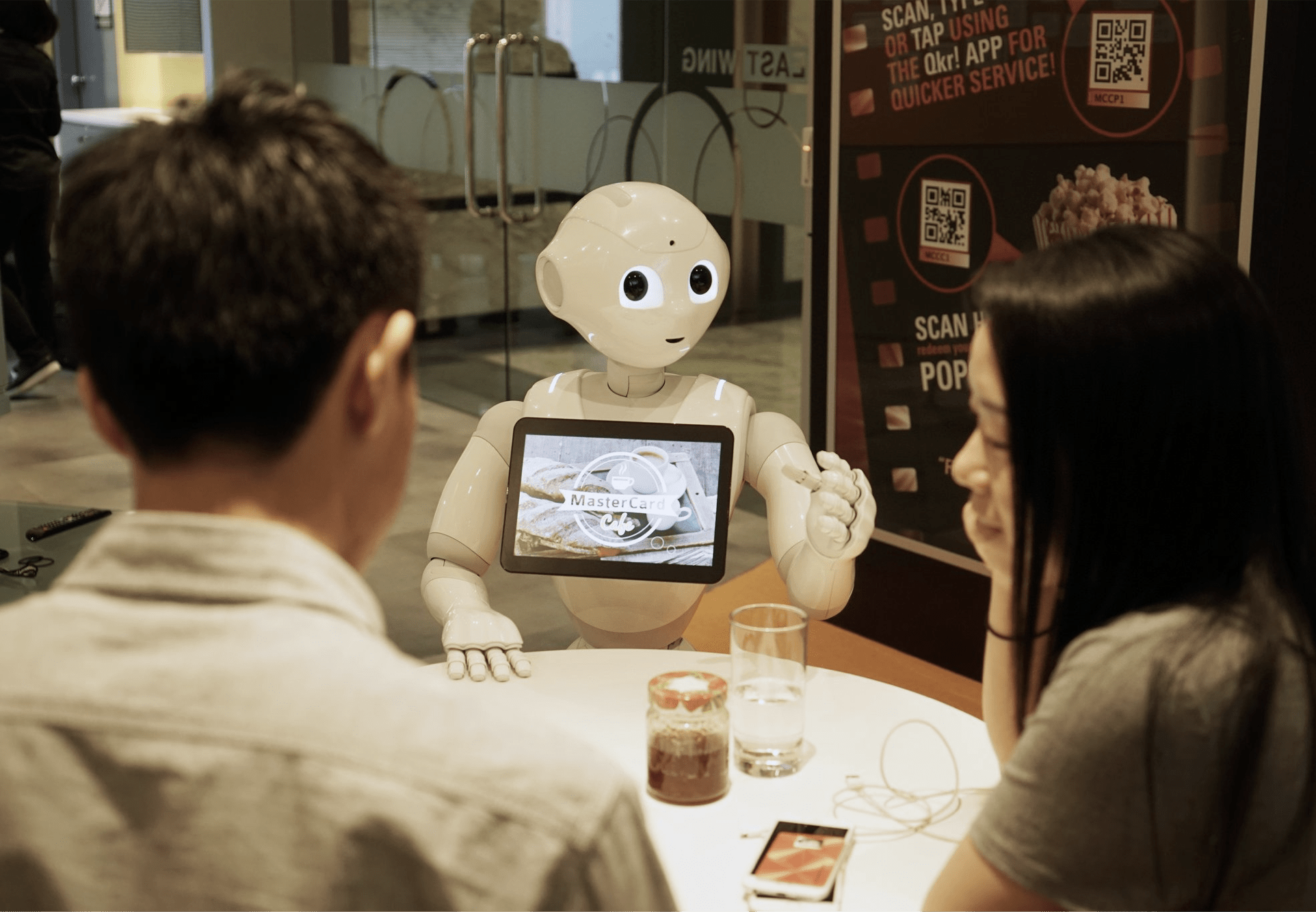
Lowe’s
Lowe's is rolling out its LoweBot to more locations to free up employees to build customer relationships, not just sell products. A human being helping a customer find where the hammers are in the aisle doesn’t offer much value. However, when the robot can offload that work and allow the employees to ask questions like “What do you need that hammer for?” this allows employees to be more valuable.
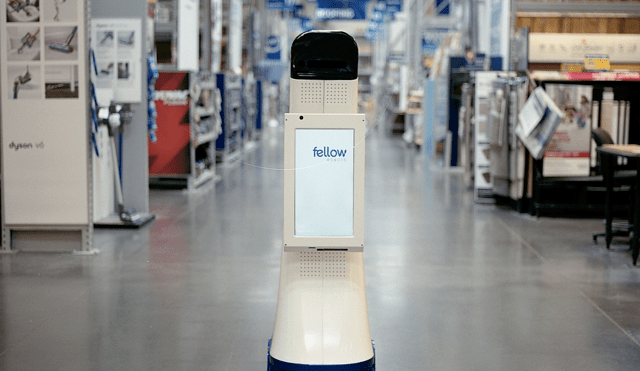
Domino’s
Domino’s has been testing an autonomous food delivery robot in Australia. While Domino’s determines if a robot like this can actually save them money compared to a human delivery driver, what they are already are finding is that these sorts of tests improve the image of their brand, and position them as an innovative leader compared to their competitors. The value of robotics is not just the cost-savings that come from automation, but also the power to differentiate a brand from its competitors in the digital space.
